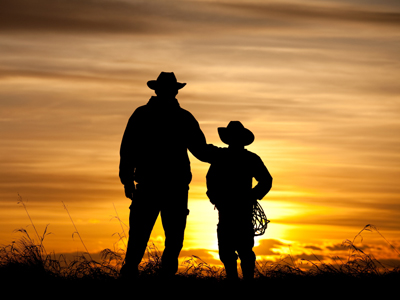
(For the audio version of this blog, please visit: http://brothersinchristcmf.org/wp-content/uploads/2022/11/Mass-Blog-for-the-1st-Sunday-in-Advent-2022.mp3)
We enter the season of Advent with many plans for the holidays and many hopes for peaceful get-togethers with relatives we love and those we tolerate. But to paraphrase Scottish Poet Robert Burns’ poem To a Mouse, “The best laid plans of mice and men often go awry.”
That line also set the theme for the classic John Steinbeck novel “Of Mice and Men,” the story of two itinerant laborers who keep getting into trouble wherever they go. It’s usually Lenny–the mentally challenged but lovable giant of a man–who gets the two of them into trouble for not knowing his own strength or just not knowing. As angry as George gets at Lenny, he also feels responsible for him–and possibly pities him for his condition. He repeatedly comforts Lenny—and himself—with dreams of one day buying their own piece of land which they’ll work for themselves, and they’ll have the power to welcome or to banish outsiders like themselves.
But by the end of the story, after George and the reader/audience has been exposed to the mercy killing of a fellow worker’s sick old dog (“to put it out of its misery”), George faces a predicament. Lenny winds up accidentally killing the boss’s girl and now faces revenge from an angry mob. Could a mercy killing be the answer to George’s repeated troubles with Lenny? He obviously pities his friend–but is that pity also SELF-pity or real compassion?
George ends up shooting Lenny in the back of the head to “save” him from the mob. This best-laid plan, based not only on pity, but also fear and hopelessness, ends this story. The tale has gone down in the history of literature as a humanitarian homily. But a certain homilist who lived 2000 years ago might have asked, did George’s plan save Lenny from a possibly crueler fate or did it save George from dealing with any future predicaments Lenny might get them into—and make them learn from?
We KNOW what Jesus planned—to give his own life to save ours. But this happened after teaching us to plan for the time we’ll join him in his Father’s house. At the heart of Jesus’s plan is the prophecy Isaiah shared with humanity generations before Jesus. It seems as dreamy as the one George uses to comfort Lenny and himself, but it requires us itinerant troublemakers to beat our swords into plowshares and our spears into pruning hooks. “One nation shall not raise the sword against another, nor shall they train for war again.” (Is 2:1-5)
Are we there yet, George??
Not long after Jesus was crucified for his salvific plan, Paul promised the Romans:
“Our salvation is nearer now than when we first believed; the night is advanced, the day is at hand. Let us then throw off the works of darkness and put on the armor of light; let us conduct ourselves properly as in the day.” (Rom 13:11-14)
That’s the kind of promise George would make to Lenny to comfort him when things looked their worst—like just before he shot him to put him out of their misery. Again, did he do this out of pity for his friend or was it self-pity—and fear of their seemingly hopeless situation?
Jesus’s best-laid plan requires us to ask such uncomfortable questions of ourselves. It’s based not only on Isaiah’s prophecy, but on the kind of faith-based planning that inspired Noah to build an ark to shelter his family from the coming flood (Mt 24:37-44). Jesus promised a shelter based in his Father’s kingdom for those who helped each other navigate there, guided by their works of light.
That destination is no place for self-pity’s hopelessness—only compassion’s promise. Compassion’s only connection with self comes by forging a bond with others and continuously strengthening it until the advent of an age when all bleeding—of mice and men—stops.
–Tom Andel